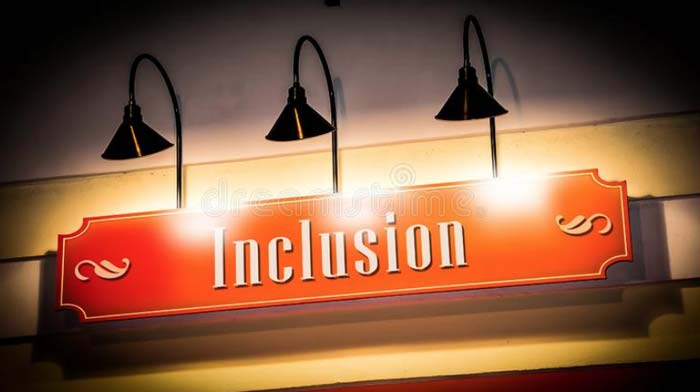In a recent post, I encouraged business leaders to carve out time to focus on strategy and suggested the benefits having an inclusive strategic planning process with senior and emerging leaders.
I want to double-click on the concept of inclusion from a generational standpoint.
For the first time, our workforce includes five generations with more than 50 years between them.
There’s been a lot of hype recently about the “OK Boomer” meme. Older generations are offended by the insinuated ageism. Lawyers and HR professionals are warning about hostile work environments. At the same time, trademarks are being filed and there will probably be an “OK Boomer” TV show in the future.
As part of your planning efforts, it may be a good time to check-in on the multi-generational dynamics in your organization:
- Do your leaders effectively relate to and motivate employees of different age groups?
- Are employees of different generations encouraged to share their knowledge?
- Are generational issues impacting your ability to recruit and retain a talented workforce?
How customers and potential employees perceive your company may be influenced by these multi-generational inclusion factors. Each generation provides different skills and capabilities. And yes, they are different. Finding ways to use these strengths to your advantage may be critical to the success of your business.
About Laurie Barkman:
Laurie is the founder and chief executive of SmallDotBig, a growth consulting firm. With more than 20 years of experience as a CEO and Marketing leader, she works with companies to increase the pace of their success. Connect with Laurie at lbarkman@smalldotbig.com, or learn more by visiting smalldotbig.com







